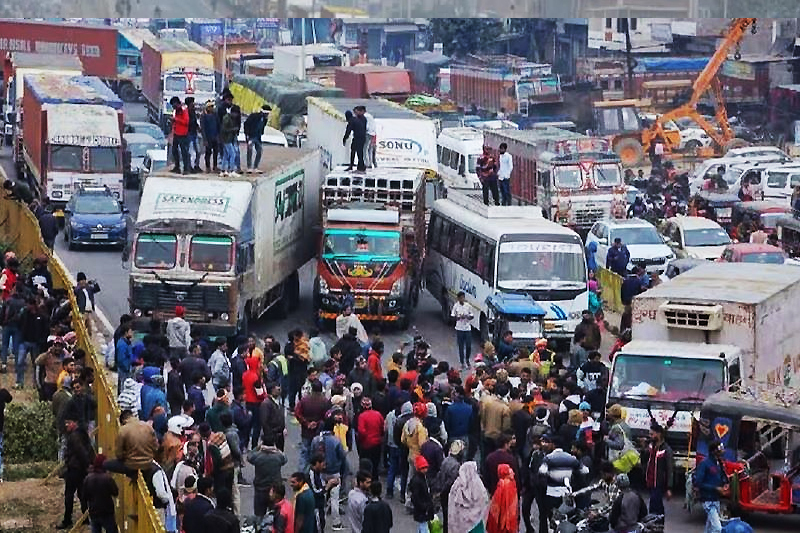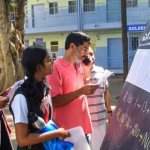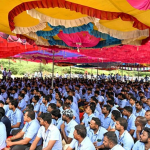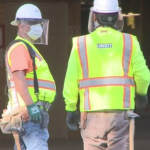
india transport strike
Ongoing protests and strikes by several transport associations led by the All India Motor Transport Congress have triggered significant disruptions and sporadic violence in multiple states, including Bihar, Haryana, Uttar Pradesh, Punjab, Rajasthan and Maharashtra.
The demonstrations are expected to continue through at least January 4. A related rally is scheduled to occur at Jantar Mantar in the capital New Delhi on January 3, and some fuel transporters’ groups have threatened an indefinite strike from the next day onwards.
India transport strike prompts rush, roadblocks, clashes
The chaos concerns an upcoming revision to the Motor Vehicles Act, which activists fear will disproportionately penalise vehicle operators in hit-and-run cases. But organisers are likely to call off the action at short notice if negotiations with government officials bear results.
Oil tanker, private bus, taxi and auto rickshaw services are facing disruptions. Alternative public transport services could experience crowding and long wait times due to increased demand until the protests end. Employees, especially those in urban centres, may face difficulties.
Keep Reading
In addition, further supply chain disruptions affecting commodities and related business disruptions are also in the picture. The demonstrations have triggered clashes between police and activists, amid additional disruptions such as roadblocks and sit-ins likely.
New hit-and-run law under Bharatiya Nyay Sanhita
Concerned authorities in the country are expected to continue a heightened security posture at and around popular protest sites, especially in state capitals and urban centres in the northern region, including key interstate highways, government buildings and public squares.
Under the Bharatiya Nyay Sanhita (BNS) for hit-and-run cases, drivers who cause a serious road accident by negligent driving and run away without informing the police or any official from the administration can be imprisoned for up to 10 years or face a fine of Rs 7 lakh.









